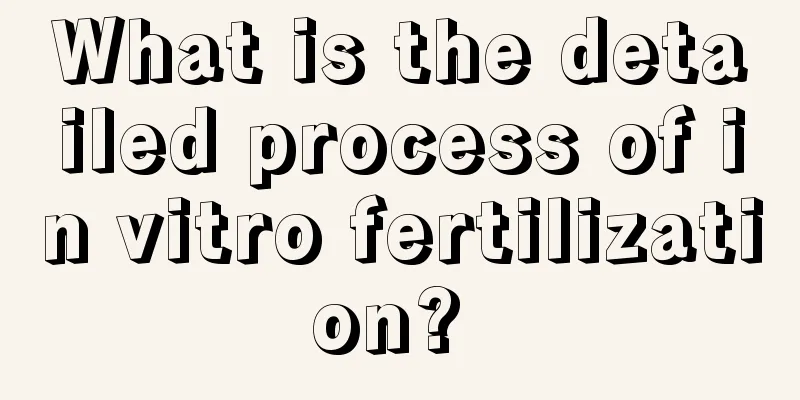The harm of phosphorus in washing powder

|
Most laundry detergents contain phosphorus, which is a highly efficient detergent. Adding phosphorus to laundry detergent can clean clothes. Although laundry detergents containing phosphorus have strong cleaning ability, long-term use not only pollutes the environment, but also causes great harm to the body. Phosphorus poisoning can cause symptoms such as peeling, blistering, itching, and skin cracking. Therefore, when choosing laundry detergents, try to avoid washing detergents containing phosphorus. The hazards of phosphorus-containing detergents First of all, phosphorus-containing laundry detergent can cause eutrophication of water. The phosphorus in phosphorus-containing laundry detergent itself is not harmful, but when this washing wastewater is discharged into rivers and lakes, the phosphorus content in the water increases, the water quality becomes eutrophic, and various algae and aquatic plants multiply wildly. After these aquatic organisms die and decay, they will release a large amount of toxic and smelly gases such as methane, hydrogen sulfide, and ammonia, making the water turbid and smelly, the water body lacks oxygen, and causes the death of aquatic organisms such as fish, shrimp, and shellfish in the water. Rivers and lakes become stagnant water, seriously affecting the surrounding ecological environment. Secondly, after sodium tripolyphosphate seriously pollutes the water source, the water quality deteriorates and becomes turbid. Various harmful substances in the water penetrate into our drinking water source through the surface and "mix into one" with the drinking water, thus unknowingly damaging our health. Again, sodium tripolyphosphate and sodium silicate are highly irritating to the skin. Surfactants have a strong degreasing effect. When washing clothes with laundry detergent, the oil on the skin surface is washed away, which destroys the skin's barrier function and can cause dry, chapped, peeling or skin inflammation, and even peeling, blistering, itching, and cracks that do not heal for a long time. Synthetic detergents have also become a source of irritation for common diseases such as contact dermatitis, baby diaper rash, and palmoplantar keratoderma. Clothes washed and dried with such detergents will cause constant itching. In addition, fluorescent whitening agents can cause mutations in human cells, induce cancer, and affect human reproductive ability. If you use phosphorus-containing laundry detergent to wash dishes, fruits or vegetables, people will eat the laundry detergent residue on them. The toxic and harmful substances in the detergent will accumulate in the body over a long period of time and can induce liver cancer. Medical research shows that long-term use of high-phosphorus laundry detergent will directly affect the body's absorption of calcium, leading to calcium deficiency or inducing rickets in children. If the residual phosphorus in the laundry cannot be rinsed off (in fact, this is difficult to do, because the clothes must be rinsed with running water for at least 5 minutes to reduce the phosphorus content), over time, the residual phosphorus in the clothes will irritate the skin, especially the delicate skin of babies; in addition, highly alkaline phosphorus-containing laundry detergents can easily damage fabrics, especially pure cotton and pure hand-made fabrics. Long-term use of these laundry detergents that use strong alkalinity to achieve the purpose of decontamination will also cause burns to clothes. Phosphate-free detergents Refers to detergents with a total phosphate content of less than 1.1%; Phosphorus-containing detergents Refers to detergents with a total phosphorus pentoxide content greater than or equal to 1.1%. In addition to phosphorus-containing detergents, organophosphorus fertilizers and phosphorus-containing pesticides also harm the environment and our health. Therefore, in order to make the sky in our hometown bluer, the water clearer, and the mountains greener, and for our health, we should not buy or use detergents containing phosphorus, and persuade our relatives and friends not to buy pesticides and insecticides containing phosphorus. Let’s participate together, take positive actions, choose phosphorus-free consumption, and make our hometown more picturesque and beautiful! |
<<: Is washing powder toxic when washing dishes?
>>: What are the hazards of accidentally ingesting laundry detergent
Recommend
How to prevent and care for the sequelae of tonsil surgery?
Tonsils are a type of tissue in people's thro...
Is the cure rate of early laryngeal cancer high?
If regular comprehensive treatment is carried out...
What are the side effects of condoms
As a contraceptive tool, condoms are easier to us...
What are the methods to treat rheumatism?
If rheumatic disease occurs in the body, it can a...
What are the harms to the body after kidney cancer removal
The most common treatment for kidney cancer is su...
How to massage your face to benefit your skin
If you massage your face frequently, you will fee...
What are the symptoms of ovarian cancer? 4 symptoms of ovarian cancer
The onset of ovarian cancer can cause many discom...
Comparison of the advantages and disadvantages of imaging diagnostic methods for tongue cancer
Tongue cancer is the most common type of oral can...
Methods of preoperative and postoperative care for laryngeal cancer
Preoperative and postoperative care methods for l...
How to effectively treat bilateral obstructed fallopian tubes?
Bilateral obstruction of the fallopian tubes is a...
How long after a meal is it best to exercise?
It is often said that if you walk a hundred steps...
What are the symptoms of gastric cancer recurrence after surgery? There are several types
The symptoms of recurrence after gastric cancer s...
Thyroid cystectomy steps
Everyone wants to be healthy throughout their lif...
What are the early symptoms of bone cancer? Pay attention to these five points
Bone cancer can cause very mild pain in the early...
Can you eat seafood when you have a cold or cough? It turns out this is the case
Can I eat seafood when I have a cold or cough? Th...









